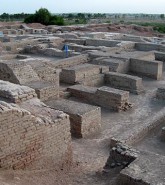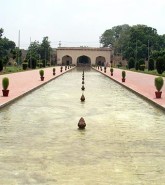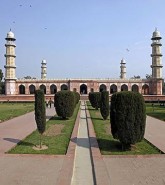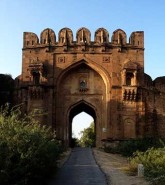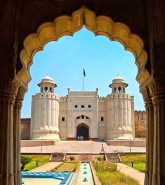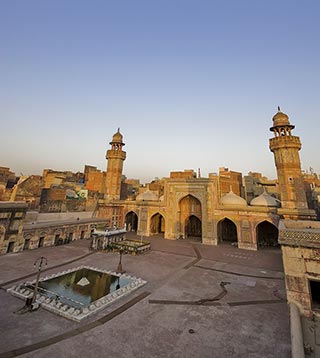
Pakistan being an Islamic state and having strong historic ties with the religion of Islam resulted in constructing a number of mosques in every era in the region. Some mosques are so spectacular that you cannot believe in the sheer brilliance of the architects and engineers who contributed in the construction of those amazingly beautiful mosques in the region. The Wazir Khan mosque is one amazing piece of artwork which is appreciated for its incredibly awesome faience tile work. It is located in the city of Lahore and is famously called as the ‘mole on cheek of Lahore’.
Construction:
The mosque started building in the year 1634 and was completed in 7 years in 1641. It was the era of Mughal Emperor Shah Jahan but the credits goes to Hakim Sheikh Ansari who belonged to the town of Chiniot in Pakistan. Hakim Sheikh was the governor of Lahore and he also served as a physician in the court of Emperor Shah Jahan. Hakim Sheikh Ilm-ud-Din Ansari was his full name but he was popularly known as Wazir Khan which was a title given to him by the ruler. Wazir in Urdu means ‘Minister’ and the mosque is named after him. The Wazir Khan Mosque is located in Inner Lahore which can be easily accessed through the Delhi Gate.
The mosque became famous and is still appreciated because of incredible Qashani tile work which was a specialty of the Mughal period. In the courtyards of mosque is the tomb of Syed Muhammad Ishaq, a renowned saint who is also popularly known as Miran Badshah. He was a divine, who was highly respected by the locals for his religious preachings and noble personality got settled in the city during the Tughluq Dynasty period. The tomb actually predates the Wazir Khan mosque which was constructed much later.
The Minarets of the Mosque:
The most distinguished and notable feature of the architecture of Wazir Khan Mosque is its Minarets at all the 4 corners. It was the first time that any mosque in Lahore had such a design. The enormous Badshahi Mosque with similar Minarets in Lahore was constructed much later in 1673 by Emperor Aurangzeb, who was son of Shah Jahan. The prayer hall of the mosque has 5-bay motif (one-aisle) which was established in the city a generation earlier at the famous Maryam Zamani Mosque for the first time. The majority of the construction of the mosque was done using the dressed bricks which are decorated with the glazed tile mosaics.
Shops in the Ground Plan:
Another great and notable feature of Wazir Khan Mosque is the incorporation of as many as 22 shops in the ground plan. The shops are beautifully designed at either side of the entrance having a brick-paved passage going right in between the shops situated at both sides. This commercial area is well extended and it reaches Wazir Khan Chowk (Square) which still is the most vibrant and lively commercial area of the city of Lahore.
